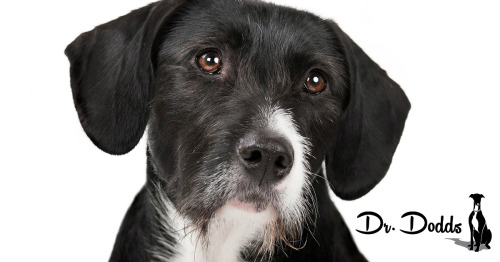Canine Fitness Buddies
by Renee Cloe,
A.C.E. Personal Trainer
Dogs can be extremely motivating workout partners for walkers and joggers. Their enthusiasm is contagious, and they’re annoyingly persistent about nudging idle television watchers off the sofa and out the door. Although, our four-legged fitness buddies do require a few special considerations:
Take a look at your dog’s physical characteristics, age, and personality. A small energetic dog with short legs may be great for a walker but unable to keep up with a long legged human jogger. A big lumbering beast may prefer strolling along drooling to performing wind sprints. Try to keep your dog’s natural build and abilities in mind when you plan your exercise sessions. Be especially conservative with puppies and older dogs. Check with your vet if you’re uncertain about your dog’s health or abilities.
You’ll likely encounter lots of other people and dogs on sidewalks and park trails. Proper vaccinations are especially important, as are proper manners. Never, ever, ever allow your dog to run loose, no matter how friendly and well trained you think he is. Nothing will ruin your workout quite like watching your friendly well-trained dog get crushed under the wheels of a trash truck. Even if your dog is amicable, that leashed Rottweiler he runs up to might not be happy to see him. Joggers and cyclists, who are forever being chased by dogs, might respond to a "friendly" greeting with a can of mace. If you want to give your dog some freedom when you exercise, invest in a good retractable leash. That will give your dog up to 15 feet of play space, but you’ll still have him safely under control.
Remember that dogs need proper conditioning just like human exercisers. Increases in speed and mileage should occur in a series of progressions. If Fluffy spends the majority of her time lying around in the air conditioning eating cheese nips and watching television, you don’t want to suddenly take her for a 5-mile run. Your dog may initially be able to run several blocks or walk several miles, but she won't necessarily be able to run substantial distances (especially on concrete) without soreness and injury. Even the really energetic breeds may need to be reigned in a bit so that they don't injure themselves in their enthusiasm to go fast and far.
Pay special attention to the heat index since your friend will be exercising in a fur coat. This can be particularly dangerous during the summer months because dogs don’t sweat. They can only dissipate heat by panting or through the pads of their feet, and the latter method doesn’t work very well on scorching hot pavement.
Make sure your pet gets plenty of water before and after exercise, but avoid running right after your dog has eaten. Vigorous exercise on a full stomach can be as uncomfortable for canine exercisers as it is for their humans. If you go for a big run right after a big meal, Fido is likely to experience cramping and indigestion and puke all over your running shoes. It’s best to feed your dog after the workout, once he's had time to cool off and settle down.
Your dog can’t tell you if it hurts, so it’s up to you to watch for signs of trouble. A dog can suffer from soreness and overtraining just like a human exerciser. However, in their enthusiasm, it may not occur to them to stop. Keep an eye out for any signs of limping. Check the pads of your dog’s feet regularly for cracking, cuts, or glass. If your dog seems to be exhausted, injured or lagging behind, stop and evaluate the situation. A rest, a drink, and a slower pace may in order. More serious concerns may require a trip to the vet or taking a few days off.
Remember that you need to exercise at your dog’s pace, not the other way around. Your dog’s build and level of fitness might not suit your activity level. If that’s the case, make exercising with your dog a fun additional activity and not your primary cardio workout. Just because you’re training for a 10K doesn’t mean that your Dachshund wants to.
Exercising with your dog can be quite rewarding and enjoyable. If you walk the same neighborhood regularly for years, you’ll see the seasons change, watch children grow up, catch sunrises and sunsets, and share countless funny moments and small adventures. Beats the heck out of a treadmill…

